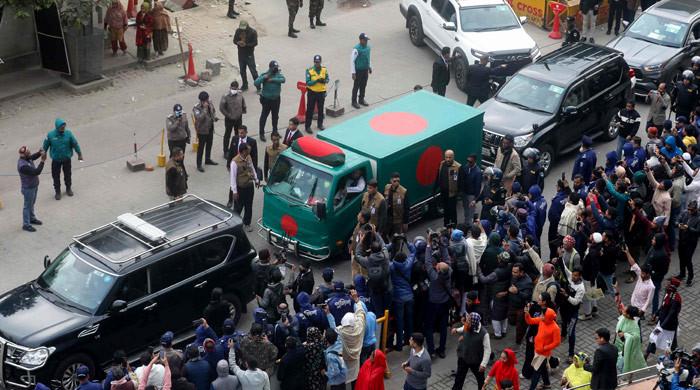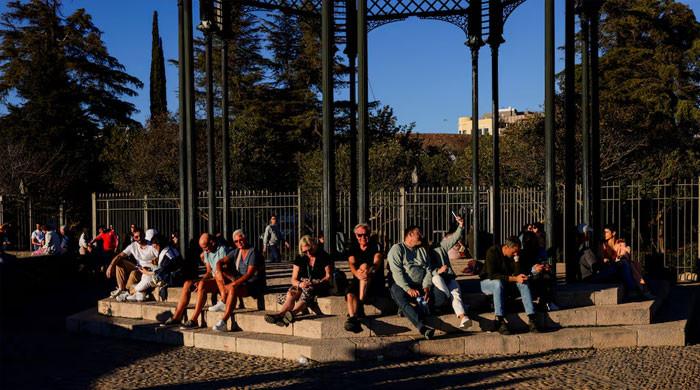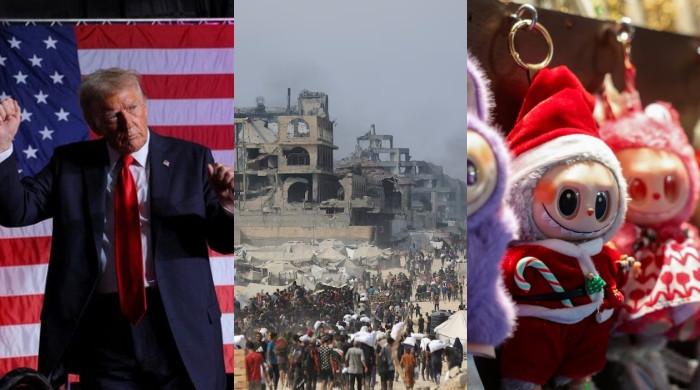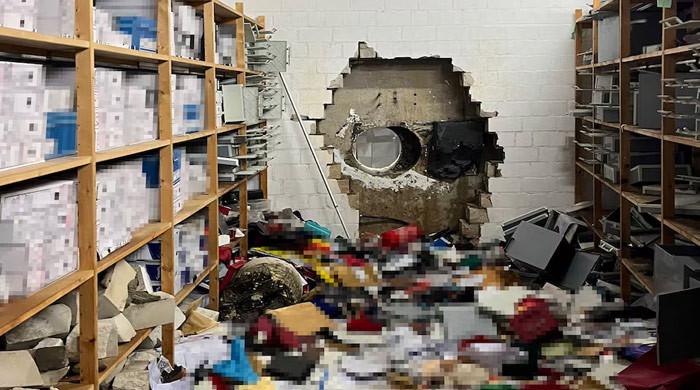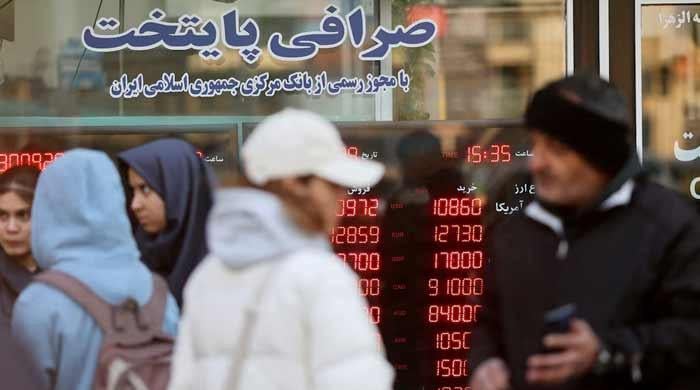Medical oxygen: Why are supplies dwindling and how is it made?
One of the most common severe coronavirus symptoms is difficulty breathing; however, supplies of medical oxygen are lacking
April 28, 2021
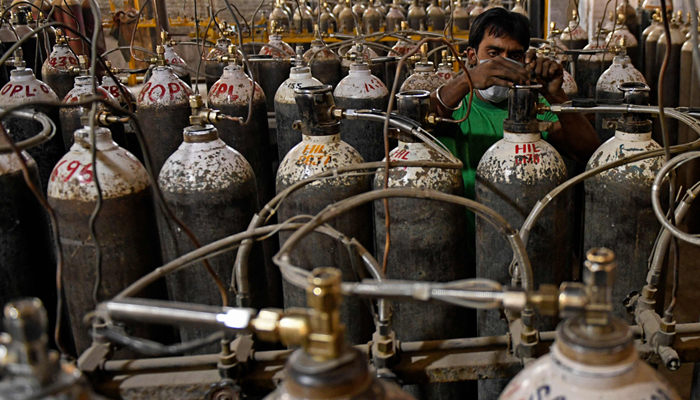
One of the most common severe coronavirus symptoms is difficulty breathing, and like photos of people waiting in long lines for oxygen canisters in India and elsewhere attest, supplies of medical oxygen are lacking everywhere in the world.
Why the long waits for oxygen in developing nations?
India is only the latest country to confront a lack of medical oxygen supplies. Earlier in the pandemic there were similar scenes of long lines in countries such as Brazil, the Democratic Republic of Congo, Peru and Venezuela.
Unitaid, a global initiative that helps low- and middle-income countries confront public health challenges, puts the lack of supplies of medical oxygen down to its cost, limited infrastructure and logistical difficulties.
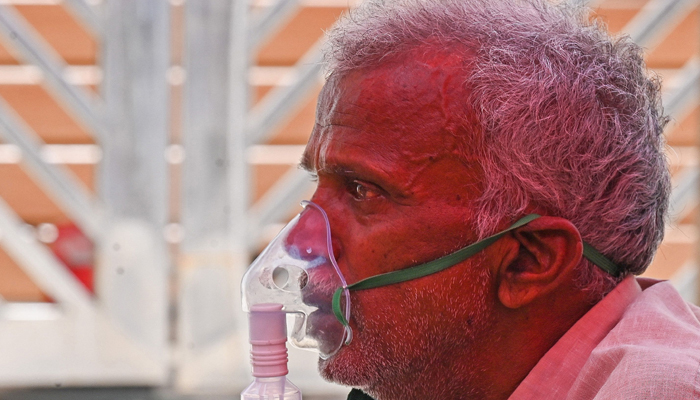
Medical oxygen is key to treating people in respiratory distress, whether at home or in hospitals. According to the World Health Organization (WHO), one person in five suffering from COVID-19 needs medical oxygen to ensure that the level of oxygen in their blood is sufficient.
How much is needed in countries facing shortages?
In February, the WHO estimated that half a million people needed 1.2 million oxygen canisters a day.
Unitaid put the price tag of helping the countries facing the greatest need at $1.6 billion this year.
"This is a global emergency that needs a truly global response," said Unitaid's Executive Director, Dr Philippe Duneton, in February.
It has identified some 20 countries facing the greatest difficulties with oxygen supplies, including Malawi, Nigeria and Afghanistan.
How is oxygen made?
Oxygen is made in two ways:
Medical oxygen: is made by separating the oxygen from other gases and impurities found in air by repeated steps of compression, filtration and purification, according to Air Liquide Sante France.
Such medical oxygen reaches more than 99.5% purity and is rigorously tested.
It can be highly compressed into a liquid form, but has to be maintained below -182°C, which according to Air Liquide Sante France is the best way to meet variations in demand as one litre of liquid oxygen is the equivalent to around 800 litres when it is in normal gas form.
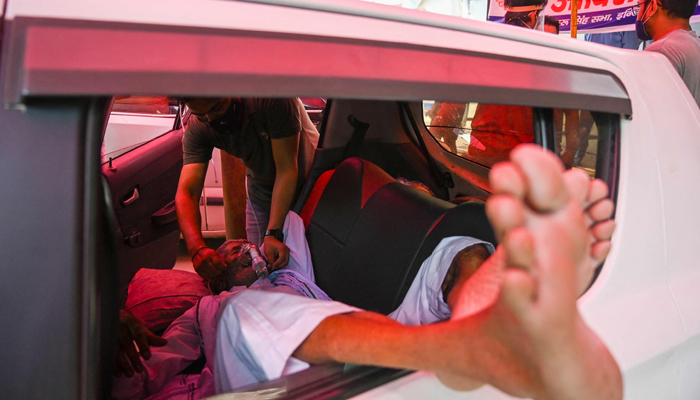
Canisters that can travel with patients with one litre of compressed litres of oxygen contain about 200 litres of normal oxygen.
Compressed oxygen: machines that can separate out nitrogen from ambient air can raise oxygen levels to around 93%. The machines can be portable or larger to serve a hospital. However, these machines cannot meet surges in demand — which rose by a factor of five or six in French hospitals as waves of COVID patients peaked. They are require lots of electricity and need to be regularly maintained by a technician.
Who are the main producers?
Outside of China, the three main producers of medical oxygen are the German firm Linde, which is allied with Praxair in the US; the French firm Air Liquide and the US company Air Products.
But there are a large number of local and regional producers of medical oxygen given that it is difficult to shop long distances.
Industrialised countries are better served as production facilities were designed to serve more than just the medical sector, such as the steel and chemicals industries.
What's being done for India?
The Indian military has used its cargo aircraft to transport oxygen tanker trucks where supplies are lacking, and a train called the Oxygen Express was put into service on April 22.
The military has also said it plans to import 23 mobile production units from Germany.
France plans to send eight such units that will be able to produce enough oxygen to serve 10,000 patients a day. It also plans to ship 200 tonnes of liquid oxygen to Indian hospitals.




